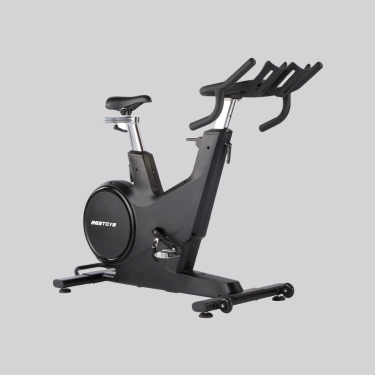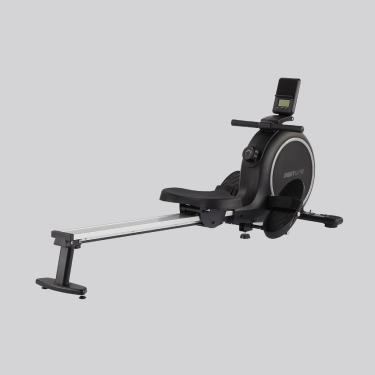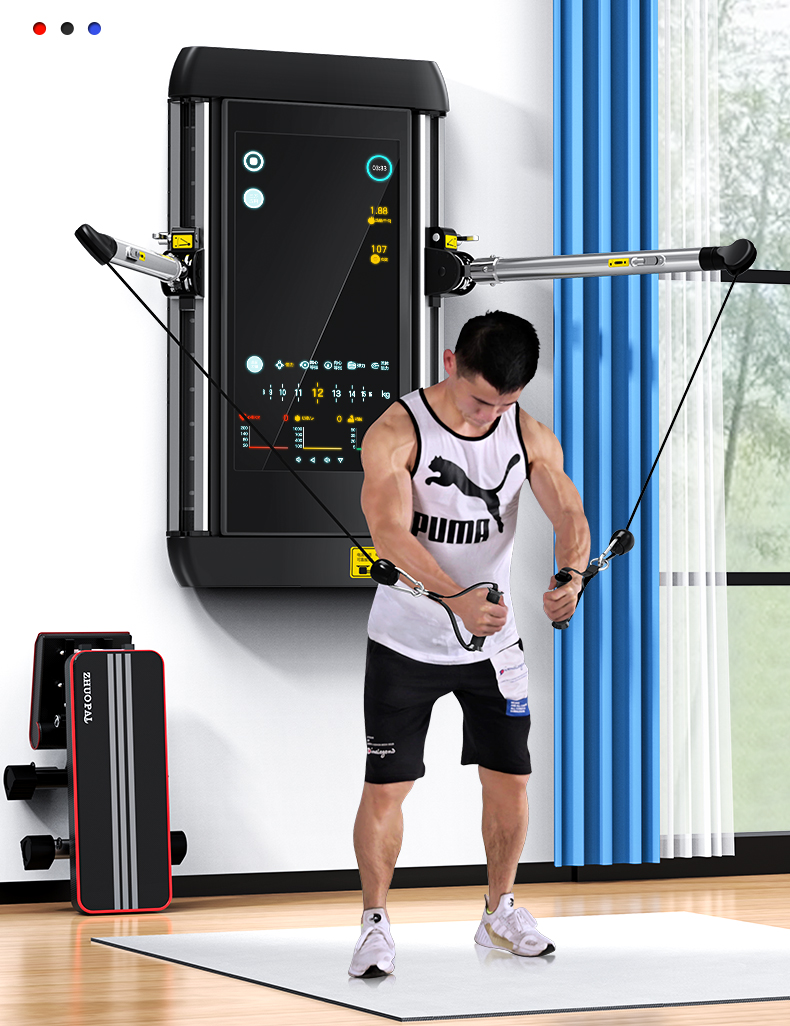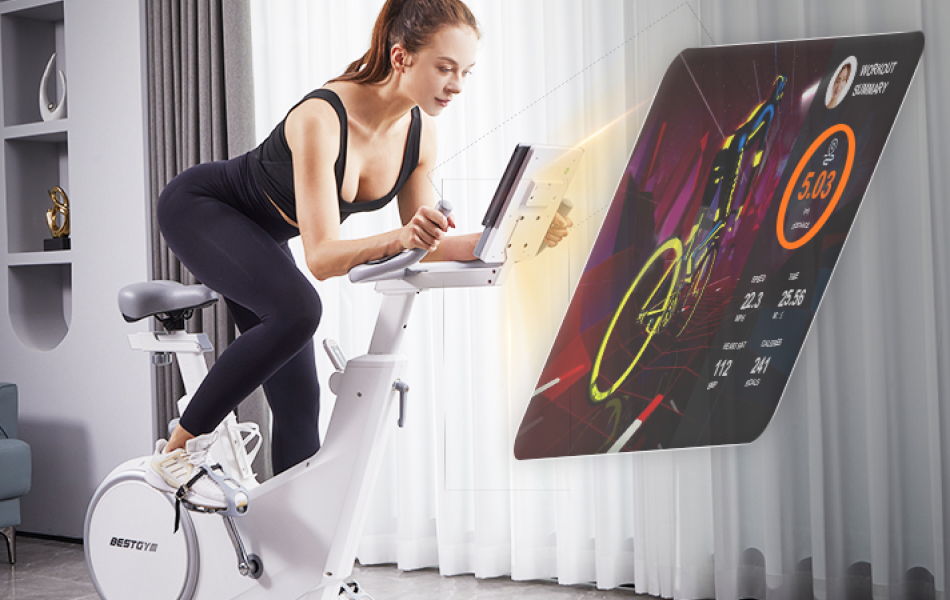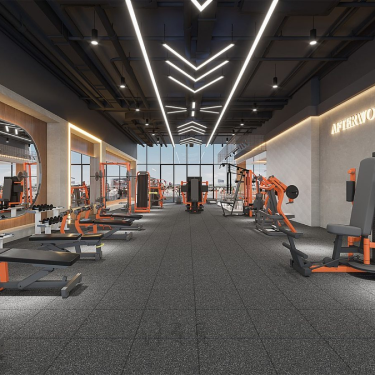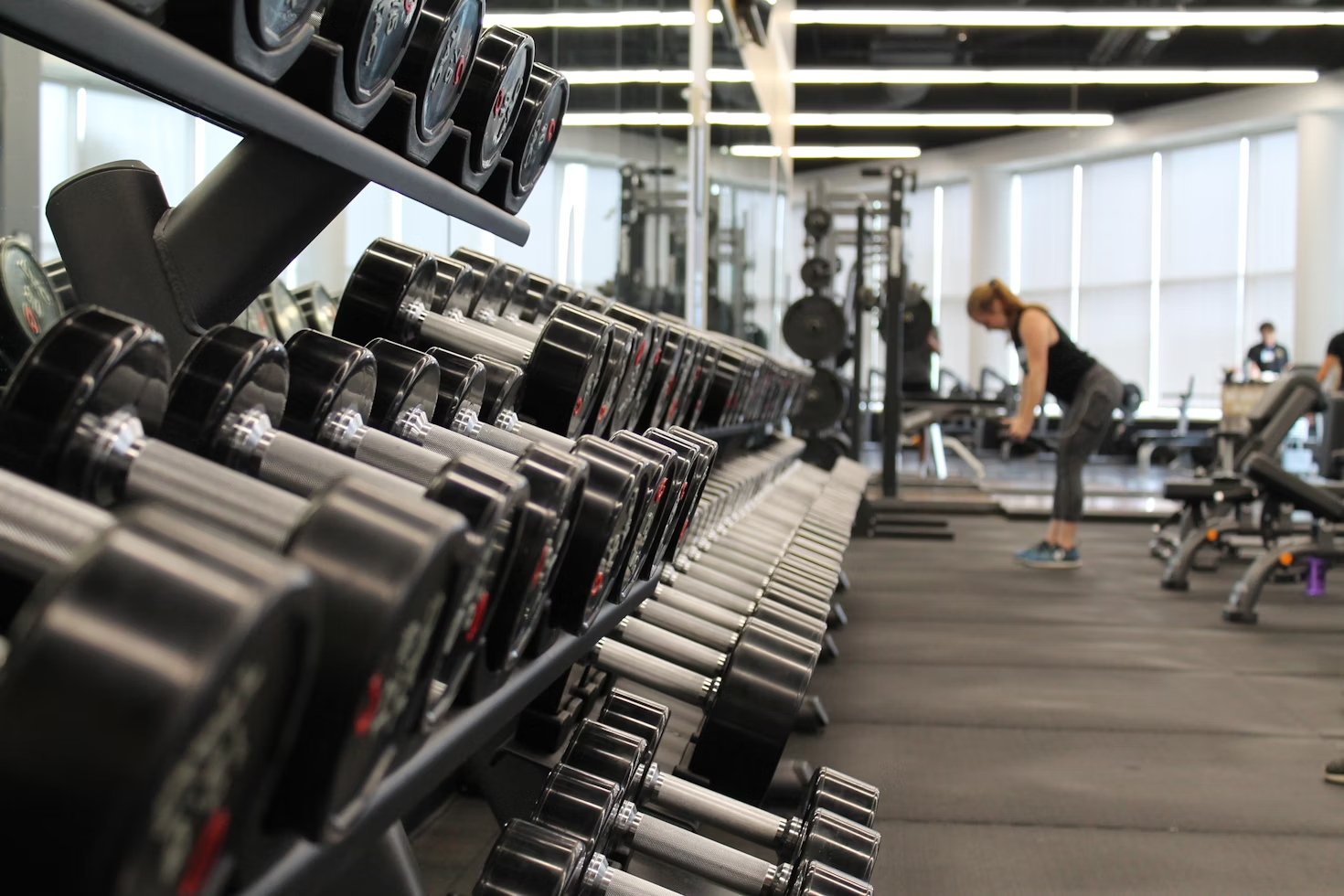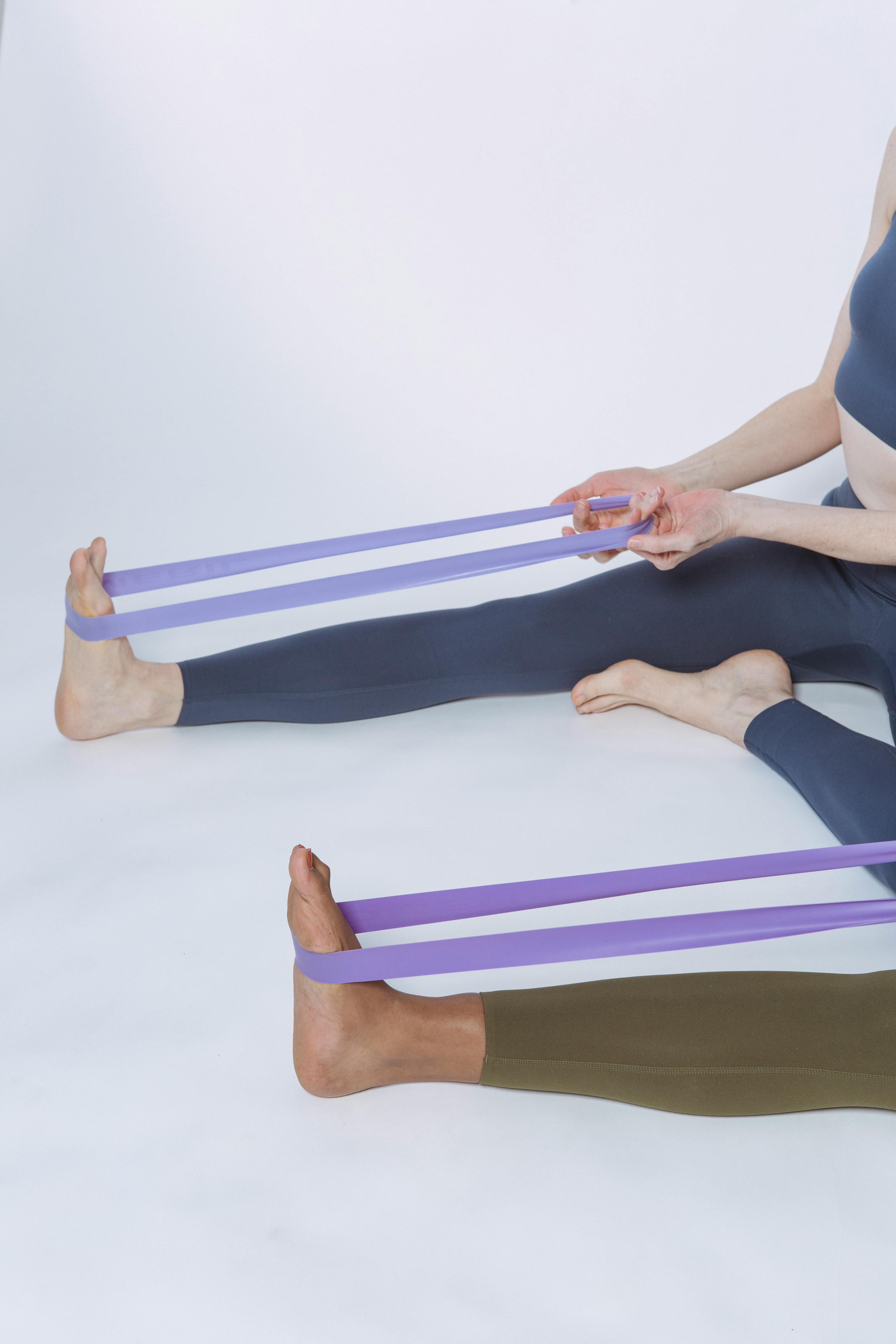3 Effective Tools for Relieving Neck Pain That Truly Work
Neck pain is an increasingly common issue in today’s world, affecting people of all ages and lifestyles. Whether you’re dealing with stiffness from sitting at a desk all day, soreness from poor posture, or chronic discomfort due to an underlying condition, neck pain can significantly impact your daily activities and overall well-being.
Fortunately, there are highly effective tools that can help alleviate neck pain, improve mobility, and prevent future discomfort. In this in-depth guide, we will explore three proven tools that truly work in relieving neck pain, offering both immediate and long-term benefits. We’ll also cover the causes of neck pain, additional pain management strategies, and expert-backed tips for improving neck health.
Understanding Neck Pain and Its Causes
Before diving into the tools that can help relieve neck pain, it’s essential to understand why neck pain occurs in the first place. The neck, or cervical spine, is a highly flexible structure that supports the head and enables movement. However, because it bears a significant amount of weight and is constantly in motion, it is susceptible to strain and injury.
Common Causes of Neck Pain
1.Poor Posture:
Slouching while sitting or standing can lead to neck strain.
Keeping the head in a forward position for extended periods (e.g., looking at a computer or phone) can cause muscle fatigue.
2.Tech Neck:
Constantly looking down at a smartphone or laptop can put excessive pressure on the cervical spine.
Over time, this posture can cause misalignment, stiffness, and chronic pain.
3.Sleeping Positions and Pillow Support:
Using an unsupportive pillow can cause unnatural neck angles.
Sleeping on your stomach can strain the neck by forcing it to twist.
4.Muscle Strain and Tension:
Stress and anxiety can lead to tight muscles, resulting in pain and discomfort.
Overuse of neck muscles due to physical activities like weightlifting or repetitive movements can cause soreness.
5.Injury (Whiplash, Sports Injuries, Accidents):
Sudden impact, such as a car accident or fall, can cause whiplash.
Sports-related injuries can lead to muscle or ligament damage.
6.Medical Conditions:
Herniated discs in the cervical spine can press on nerves, causing pain.
Arthritis can lead to inflammation and stiffness in the neck joints.
Cervical spondylosis (age-related wear and tear) can contribute to chronic discomfort.
Addressing these causes is crucial for long-term relief, but using the right tools can significantly accelerate recovery and prevent future neck pain.
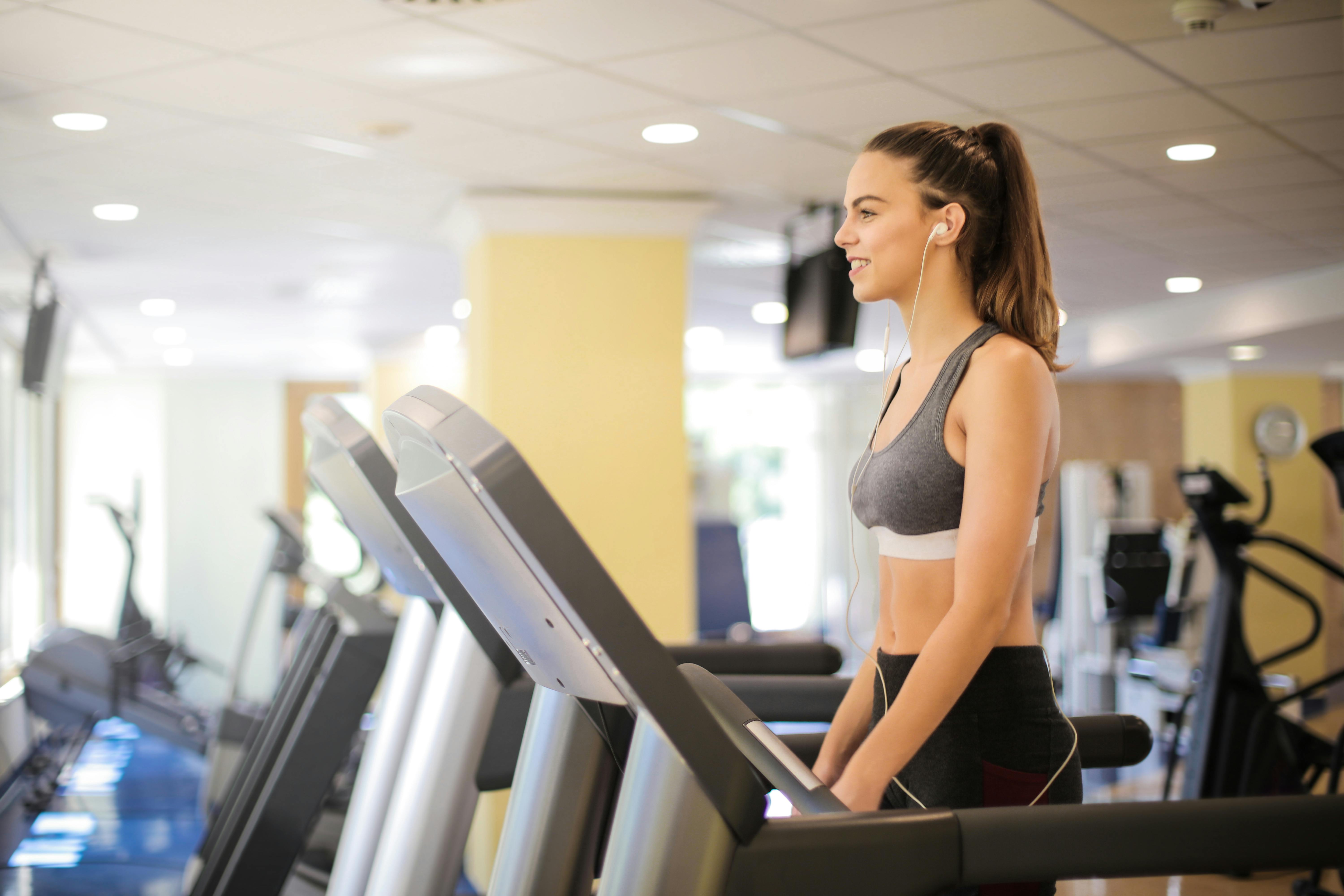
Tool 1: Neck Traction Device
What is a Neck Traction Device?
A neck traction device is designed to gently stretch the cervical spine, reducing pressure on nerves, discs, and muscles. By creating space between vertebrae, it improves alignment and relieves tension. These devices come in various forms:
- Inflatable Neck Collars: Portable and easy to use, these can be manually inflated to provide gentle traction.
- Over-the-Door Traction Systems: These involve a pulley mechanism that applies controlled traction to the neck.
- Electronic Cervical Traction Devices: High-tech devices that provide customizable traction therapy with precise control.
Benefits of a Neck Traction Device
- Relieves Pressure on Nerves and Discs: Helps alleviate compression from herniated discs and pinched nerves.
Enhances Blood Circulation: Encourages oxygen and nutrient delivery to strained muscles, aiding recovery.
Improves Mobility: Helps restore a natural range of motion by reducing stiffness.
Reduces Headaches: Since many tension headaches stem from neck strain, traction therapy can provide significant relief.
How to Use a Neck Traction Device
- Select the Right Type: Choose between inflatable, over-the-door, or electronic models based on your needs.
- Position Yourself Correctly: Follow manufacturer instructions for safe and effective traction.
- Start with Short Sessions: Begin with 5–10 minutes per session and gradually increase duration.
- Use with Caution: Avoid excessive traction, as overstretching can lead to soreness.
Best Neck Traction Devices on the Market
CerviTrac Inflatable Neck Traction Collar – Easy to use and portable.
Saunders Cervical Traction Device – Provides controlled, high-quality traction.
NeckFix Cervical Traction Device – Affordable and effective for everyday use.
Tool 2: Electric Neck Massager
What is an Electric Neck Massager?
An electric neck massager is a device that uses vibration, heat, and kneading motions to relieve muscle tension. These devices are available as:
- Handheld Massagers: Manual control allows you to target specific areas.
- Wearable Massagers: Wrap-around designs provide hands-free relief.
- Shiatsu Massagers: Use rotating nodes to mimic deep-tissue massage techniques.
Benefits of an Electric Neck Massager
- Relieves Muscle Tension: Helps loosen tight muscles and knots.
Promotes Relaxation: Provides stress relief and enhances well-being.
Boosts Circulation: Improved blood flow helps repair strained muscles. - Reduces Inflammation: Heat therapy can help soothe sore muscles and decrease stiffness.
How to Use an Electric Neck Massager
- Adjust Settings: Start with a low-intensity massage and increase gradually.
- Use Heat Therapy: Turn on the heat function to enhance relaxation.
- Limit Each Session: 15–20 minutes is ideal to prevent overstimulation.
- Combine with Other Treatments: Use alongside stretching and posture correction for the best results.
Best Electric Neck Massagers on the Market
TheraFlow Deep Tissue Neck Massager – Ideal for deep-tissue relief.
Shiatsu Back and Neck Massager by Naipo – Offers heat therapy and multiple settings.
Renpho Rechargeable Neck Massager – Wireless convenience with strong kneading action.

Tool 3: Ergonomic Memory Foam Pillow
What is an Ergonomic Memory Foam Pillow?
A memory foam pillow supports the natural curvature of the neck, keeping the spine aligned while sleeping. It molds to your head and neck shape, ensuring even weight distribution.
Benefits of a Memory Foam Pillow
- Corrects Sleep Posture: Reduces morning stiffness by keeping the neck in a neutral position.
Prevents Strain: Supports proper spinal alignment.
Enhances Comfort: Customizable contouring for a better sleeping experience.
Aids Chronic Pain Management: Helps individuals with cervical spondylosis and other conditions.
How to Use a Memory Foam Pillow
- Choose the Right Loft: Side sleepers need higher pillows, while back sleepers require medium or low loft.
- Position Your Head Properly: Your head should rest in the pillow’s contour to support the neck.
- Replace Every 1–2 Years: Memory foam degrades over time, reducing effectiveness.
Best Ergonomic Memory Foam Pillows on the Market
EPABO Contour Memory Foam Pillow – Optimal cervical support.
Tempur-Pedic Neck Pillow – Offers superior pressure relief.
Coop Home Goods Adjustable Pillow – Customizable height for personalized comfort.
Conclusion
Neck pain can be a significant challenge, but using the right tools can lead to long-term relief. By incorporating a neck traction device, an electric neck massager, and an ergonomic memory foam pillow into your routine, you can alleviate discomfort, improve mobility, and enhance your quality of life.
For severe or chronic neck pain, consult a healthcare professional to develop a comprehensive treatment plan. Take proactive steps today and enjoy a pain-free, more comfortable life!
Read More: How To Set Up A Rowing Machine

